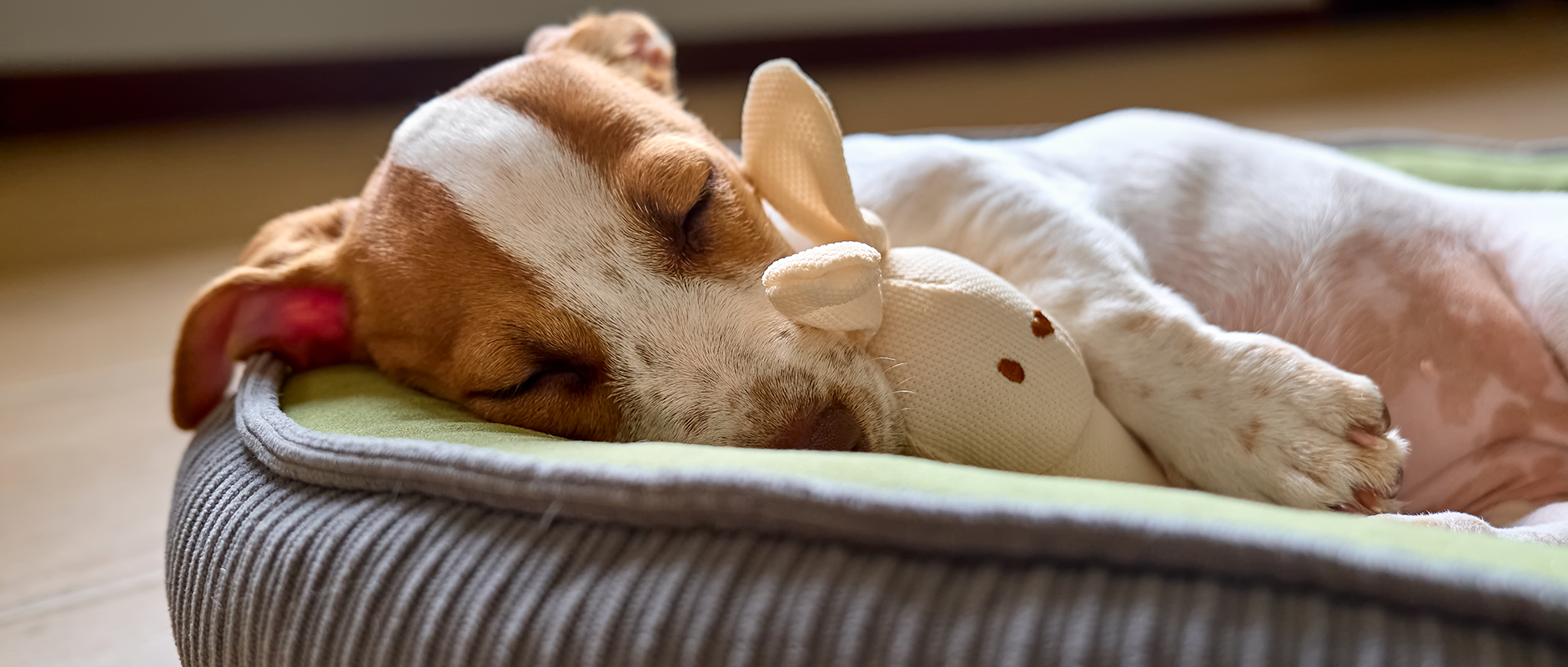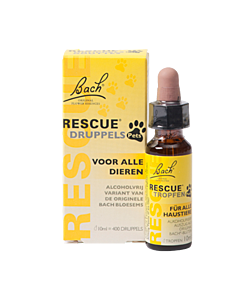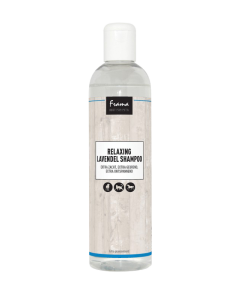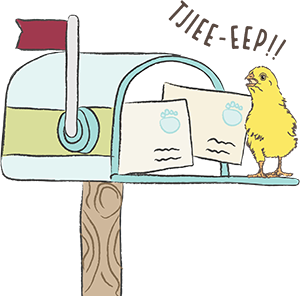C&D - How to help an anxious (adopted) dog feel safe?

How to help an anxious (adopted) dog feel safe?
Adopting a dog is a wonderful and loving decision. Still, a dog coming from abroad or a shelter may carry some emotional baggage. How can you give him or her a calm start?
Coping with Anxiety in (Adopted) Dogs
Adopting a dog is a beautiful act of kindness. But bringing a dog home from abroad — often from a shelter or through a rescue organization — can sometimes mean your new companion comes with a bit of “baggage.” Fear, insecurity, or shy behavior are common. These feelings are usually linked to their past:
- traumatic experiences with humans;
- little or no socialization as a stray;
- stressful transitions, such as long transport or time spent in an overcrowded shelter.
The good news? As their new guardian, there’s so much you can do to help your dog build trust and feel safe.
1. Create a calm and safe environment
On arrival, everything is new and overwhelming. That’s why it’s important to offer a calm environment:
-
- Let your dog adjust to their new home at their own pace.
- Avoid crowds and too many stimuli in the first few days.
- Create a safe spot (bed, cushion, or crate) where they can retreat and relax
2. Stick to a routine
Dogs feel safer when they know what to expect:
-
- Feed at set times and in the same spot each day.
- Keep walks predictable: follow a regular route so your dog can get to know and recognize the surroundings.
- Walk at their pace — let them sniff, pause, and explore. Sniffing reduces stress and builds confidence.
3. Focus on positive training, not punishment
Punishment can increase fear and damage trust. Instead, choose positive reinforcement:
-
- Calmly reward desired behavior with treats or a gentle voice.
- Many adopted dogs have experienced hunger; using food can be a powerful way to build trust.
- Minimize negative experiences and keep interactions friendly and patient.
4. Respect your dog’s body language
Dogs communicate subtly:
-
- Avoid direct eye contact — it can feel threatening. Instead, look away or toward the ground when your dog approaches.
- Don’t force interaction — let them decide when to come closer.
- Learn to recognize stress signals such as looking away, yawning, or freezing.
5. Patience is key
An anxious dog grows step by step. By offering calm, predictability, and a gentle approach, you give them the chance to build trust. Some dogs open up quickly, while others may need months — and that’s perfectly normal.
In short
An anxious adopted dog doesn’t primarily need training — they need safety, time, and understanding. With a calm approach, predictable routines, and positive experiences, you can gently help them grow from an insecure dog into a happy family companion.










